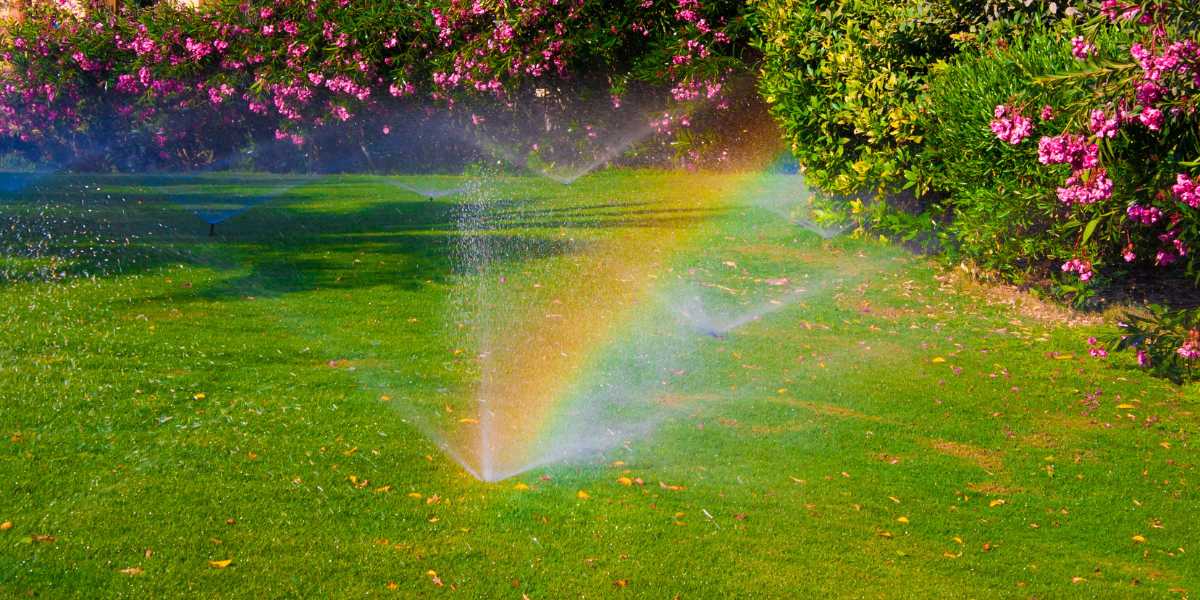Ah, the Texas summer. Its sweltering heat and intense sunlight have given your lawn a workout, and as the golden hue of fall begins to creep in, it’s time to help your lawn transition. The coming of autumn in Texas is not just about pumpkin-spiced everything; it’s a pivotal period to ensure your lawn remains robust and resilient. At Lawn DR Landscaping, we’ve got the prescription for a healthy autumn lawn. Here’s how you can transition your yard from the grueling Texas summer to the refreshing fall months.
1. Watering Adaptation
Throughout the summer, you’ve likely had a rigorous watering regimen to combat the persistent heat. As the temperatures begin to drop, you’ll need to reduce the frequency of watering. Over-watering can lead to fungal growth. However, ensure the soil remains moist, especially if you’re planning to fertilize or reseed.
2. Fertilizing for Fall
Fall is an opportune time to fertilize. While Texas soils are generally fertile, the summer can deplete them of essential nutrients. A slow-release granular fertilizer is perfect for fall. It will provide your lawn with the nutrients it needs to build strong roots and store up energy for the winter months.
3. Reseeding Sparse Areas
If your lawn has been through a particularly harsh summer, you might notice some thin or bald patches. Autumn is your chance to fix that! Reseeding these areas will help to ensure a lush lawn come springtime. Opt for grasses that are well-suited to the Texas climate like St. Augustine. Before sowing, loosen the top layer of soil and water gently after sowing seeds.
St. Augustine grass, common in many Texas lawns, is a warm-season grass that thrives under intense sunlight and can handle the heat. As we transition into fall, understanding its specific needs is vital. While St. Augustine grass is drought-tolerant once established, it still requires consistent moisture. During autumn, it prepares for dormancy, so its water requirements might decrease. Moreover, this grass type benefits from a balanced fertilizer in the fall to support root growth. Regularly check for any signs of disease or pests, like the notorious chinch bug, which particularly targets St. Augustine grass. Adjusting your lawn care routine to cater to its unique requirements ensures it remains lush and green.
4. Autumn Pest Control
The cooler weather may lead to an influx of pests seeking shelter. Common culprits include grubs, which can be detrimental to your lawn. It’s important to keep an eye out for signs of these pests, such as brown patches on your lawn or birds frequently pecking at it. If you notice these signs, consider a targeted pest control treatment.
5. Mulching with Fallen Leaves
Instead of raking up and disposing of fallen leaves, use them to your advantage. Mulch them! Mulched leaves act as a natural fertilizer and help to retain soil moisture. Simply run over the leaves with your mower and let them decompose naturally on the lawn.
6. Pre-Winter Mowing
Before the winter frost sets in, give your lawn one final mow. However, don’t cut it too short as this can expose the grass to extreme conditions. Keeping your grass a bit longer will help to protect it from frost and provide insulation.
7. Aeration for Breathability
After a compacted summer, aerating your lawn can allow it to breathe. Aeration involves perforating the soil with small holes to allow air, water, and nutrients to penetrate the grassroots. This can be achieved using an aerating tool or machine, which will help the roots grow deeply, producing a more vigorous lawn.
In conclusion, as the scorching Texas summer subsides, treating your lawn with a little TLC can make all the difference. Remember, the work you put in now will set the stage for a vibrant and healthy spring lawn. If you ever need a hand or advice on the best products to use, the experts at Lawn DR Landscaping are always here to help. Happy gardening, Texas!

